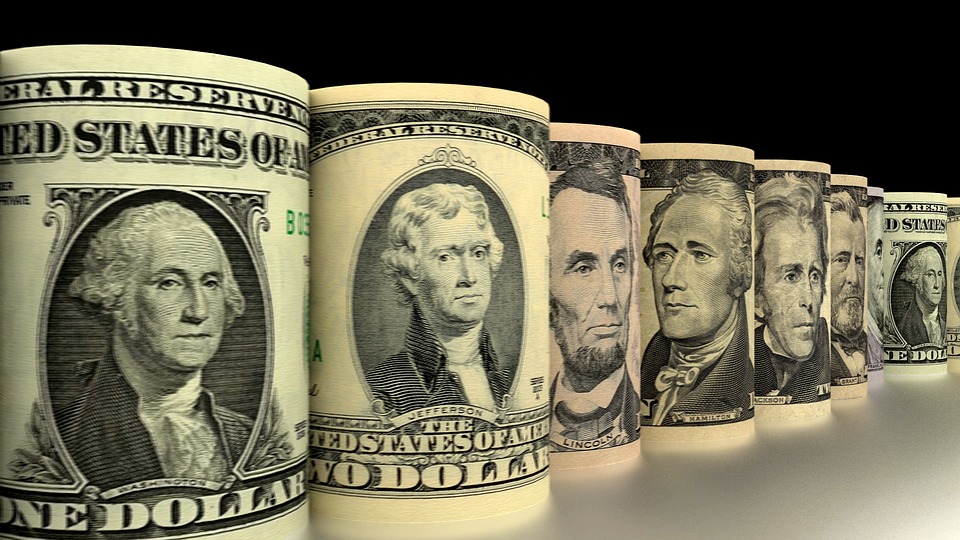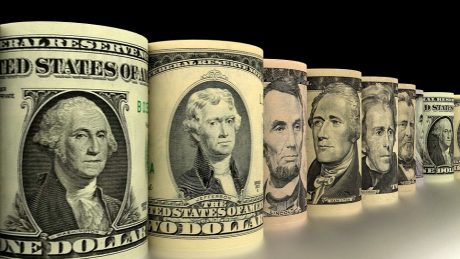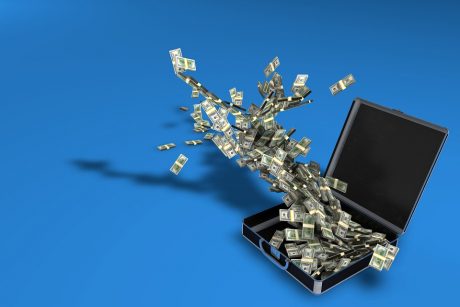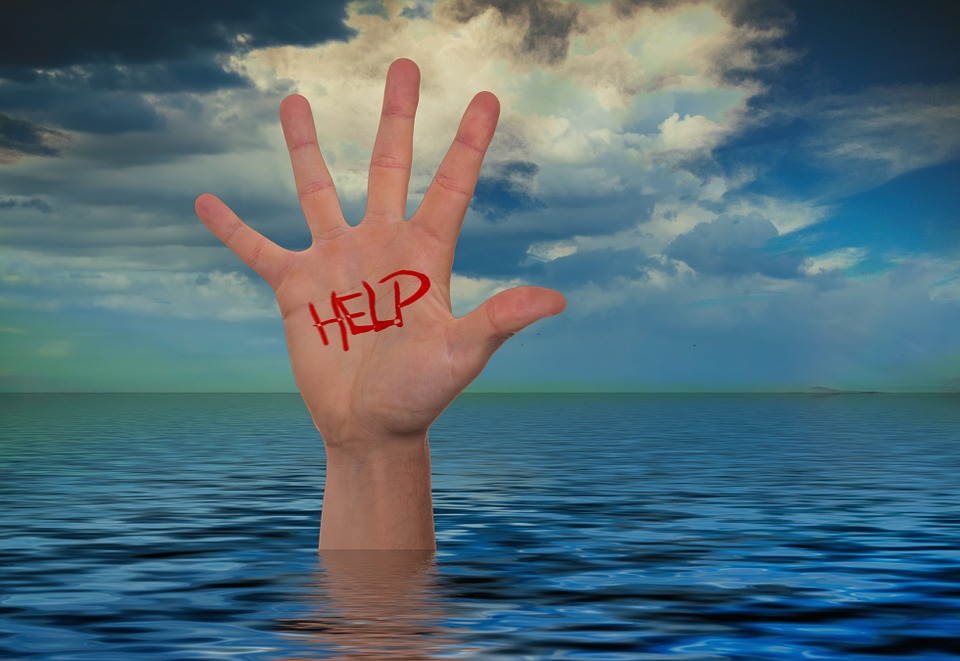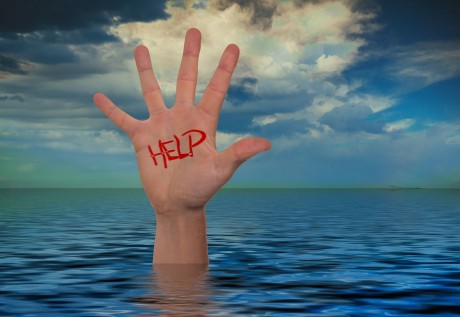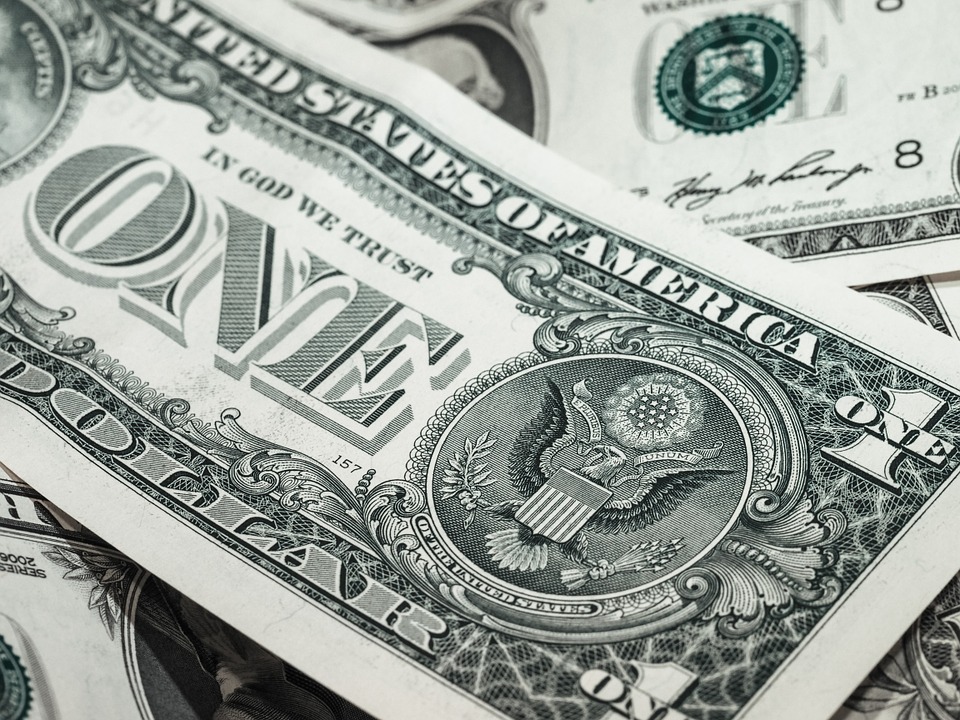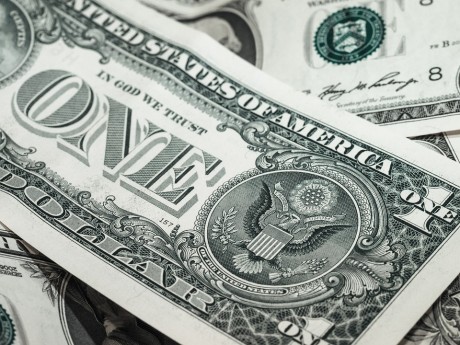 When will America finally wake up? The borrower is the servant of the lender, and we now have a colossal 20 trillion dollar chain around our collective ankles. We have willingly enslaved ourselves, our children and our grandchildren, and yet our addiction is so insatiable that we continue to add more than 100 million dollars to our debt load every single hour of every single day. The national debt is sitting at a grand total of $20,162,176,797,904.13 at this moment, but now that the debt ceiling has been lifted that number is expected to shoot up very rapidly toward 21 trillion dollars by the end of the year. The national debt had been held down by accounting tricks to keep it under the debt limit for many months, but every time this has happened before we have seen the national debt absolutely explode back to projected levels once the debt ceiling was raised.
When will America finally wake up? The borrower is the servant of the lender, and we now have a colossal 20 trillion dollar chain around our collective ankles. We have willingly enslaved ourselves, our children and our grandchildren, and yet our addiction is so insatiable that we continue to add more than 100 million dollars to our debt load every single hour of every single day. The national debt is sitting at a grand total of $20,162,176,797,904.13 at this moment, but now that the debt ceiling has been lifted that number is expected to shoot up very rapidly toward 21 trillion dollars by the end of the year. The national debt had been held down by accounting tricks to keep it under the debt limit for many months, but every time this has happened before we have seen the national debt absolutely explode back to projected levels once the debt ceiling was raised.
But very few of our “leaders” in Washington seem to care that we are in the process of committing national suicide. There is no possible way that we will be able to continue to be the most powerful economy on the planet if we continue down this road. During Obama’s eight years in the White House, we added more than 9 trillion dollars to the national debt. That certainly improved things in the short-term, because if we could go back and take 9 trillion dollars out of the economy over the past 8 years we would be in an absolutely nightmarish economic depression right now.
But even with all of this borrowing and spending, our economy has still only grown at an average rate of just 1.33 percent a year over the last 10 years.
And by going into so much debt, we are literally destroying the future for our children and our grandchildren.
What we are doing to them is beyond criminal, and people should be going to prison over this. But instead we just keep rewarding these Congress critters by sending the same cast of characters back to Washington over and over again.
Are we insane?
The feds are now projecting that the official yearly budget deficit will reach 1.4 trillion dollars by 2027. Of course federal projections always end up being far more optimistic than reality.
And we are already spending about 500 billion dollars a year just on interest on the national debt, and by 2027 that number is projected to jump to 760 billion dollars a year.
This is complete and utter insanity, and yet we just can’t control ourselves. The government continues to throw around money as if there is no tomorrow, and our tax dollars are being wasted on some of the most ridiculous things imaginable.
For instance, the U.S. military is spending 42 million dollars each year on Viagra.
We must stop this madness, and we must stop it now. I really like how an editorial in the Houston Chronicle made this point…
Tax-and-spend politics are bad, but borrow-and-spend is worse. While we have some control over whether our lawmakers raise taxes, our children and grandchildren don’t get a vote on whether we burden them with debt.
Over the long run, huge government debt takes cash out of the economy and drives up interest rates, slowing economic growth and hurting private enterprise.
To protect the U.S. economy, Republicans need to nip plans to eliminate the debt ceiling in the bud and then get to work balancing the federal budget.
Will we ever learn?
Since the beginning of our nation, many of our most prominent statesmen have been warning about the dangers of accumulating government debt. For example, during his farewell address President George Washington instructed the country to “avoid … the accumulation of debt not only by shunning occasions of expense but by vigorous exertions to discharge the debts, no throwing upon posterity the burden which we ourselves ought to bear.”
And Thomas Jefferson famously said that he wished that he could have added one more amendment to the U.S. Constitution which would have banned government borrowing…
“I wish it were possible to obtain a single amendment to our constitution. I would be willing to depend on that alone for the reduction of the administration of our government to the genuine principles of it’s constitution; I mean an additional article, taking from the federal government the power of borrowing.”
This is one of the primary reasons why we must abolish the Federal Reserve system. The Federal Reserve was actually designed to create a government debt spiral from which we could never possibly escape. That is why the size of our national debt has gotten more than 5000 times larger since 1913, and we are never going to permanently solve our national debt problem until we get rid of the Fed.
Most Americans don’t realize this, but the path that we are currently on is not sustainable by any definition. Debt levels are growing much, much faster than GDP, and that is a recipe for disaster. The following is an excerpt from one of my previous articles…
We are living in the greatest debt bubble in the history of the world. In 1980, total government and personal debt in the United States was just over the 3 trillion dollar mark, but today it has surpassed 41 trillion dollars. That means that it has increased by almost 14 times since Ronald Reagan was first elected president. I am searching for words to describe how completely and utterly insane this is, but I am coming up empty. We are slowly but surely committing national suicide, and yet most Americans don’t even understand what is happening.
According to 720 Global, total government debt plus total personal debt in the United States was just over 3 trillion dollars in 1980. That broke down to $38,552 per household, and that figure represented 79 percent of median household income at the time.
Today, total government debt plus total personal debt in the United States has blown past the 41 trillion dollar mark. When you break that down, it comes to $329,961.34 per household, and that figure represents 584 percent of median household income.
Sadly, most people are entirely clueless about what we are doing to ourselves. Investors are the most optimistic that they have been in years, and most of the talking heads on television seem to believe that the party can go on indefinitely.
But that is simply not possible.
And the same thing is true from a global perspective as well. The following comes from Chris Martenson…
First: our entire economic model, which dependent on borrowing at a faster rate than income (GDP) grows, is something that simply cannot be maintained at its current rate or level. Check.
Second: depleting species, soils and aquifers are all wildly unsustainable practices that are accelerating. Check.
Last (and most glaring of all): the world’s leadership (and we use that term very loosely) continues to insist on adhering to the indefensible idea that infinite growth on a finite planet is possible Checkmate.
The clock is ticking, and disaster awaits at the end of this road.
Will somebody please do something?
Michael Snyder is a Republican candidate for Congress in Idaho’s First Congressional District, and you can learn how you can get involved in the campaign on his official website. His new book entitled “Living A Life That Really Matters” is available in paperback and for the Kindle on Amazon.com.

